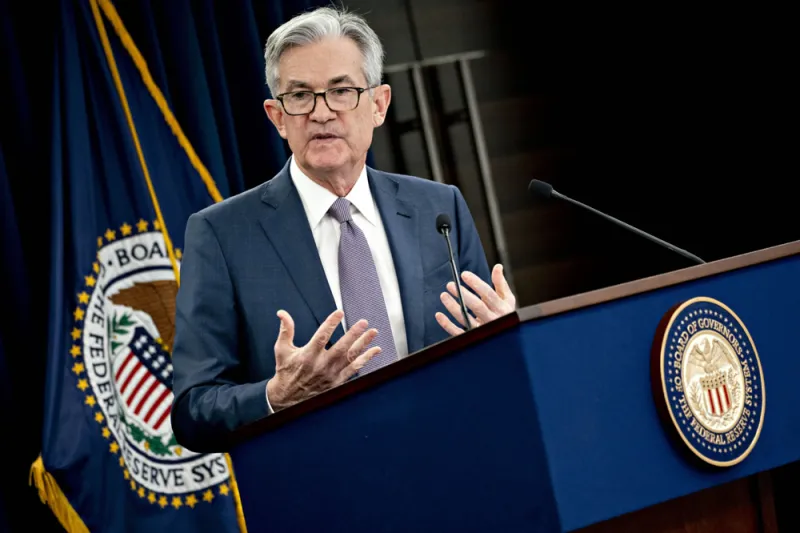The U.S. Federal Reserve on Monday said it would take “aggressive” actions to limit the economic fallout of the coronavirus pandemic, unveiling a slate of new measures that analysts expect will help calm stressed credit markets.
The expansion of the central bank’s lending programs include a shift to open-ended quantitative easing and the creation of two corporate bond facilities, which will enable the Fed to buy corporate debt for the first time. The move came after a challenging week that saw investors fleeing corporate bonds at a record pace.
The Fed is “trying to ensure that corporates can keep their doors open and avoid shutting,” Michelle Meyer, head of U.S. economics at Bank of America, said by phone Monday. “They’re very aware and focused on making sure that there is a flow of credit in the market.”
According to Meyer, the announcement on Monday — coupled with moves last week to buy commercial paper and support municipal money markets — shows that the Federal Reserve is willing to take “aggressive” measures to restore liquidity to the financial system.
“The Fed is doing its due diligence,” Meyer said. “They’re listening to market participants and they’re trying to solve problems as quickly as possible.”
Economists at UBS likewise see the new measures as attempts to restore market liquidity, while also supporting future macroeconomic recovery. In an analyst note released shortly after the Fed’s announcement, the UBS economists said the central bank’s entry into the corporate bond market was “not the complete fix, but it should help.”
The new primary market corporate credit facility — which will give investment-grade companies access to credit — “reduces risk to the secondary market of downgrades and deterioration of issuers,” the UBS analysts said. Meanwhile, the analysts expect the secondary market corporate credit facility to “help balance sheet clean up” and “aid liquidity to the market.”
“In principle, dealers, asset managers, and others could unload their current holdings of corporate paper at current prices,” the analysts wrote. “Doing so would ease balance sheet constraints, even if it does not put a substantial new bid in the market.”
[II Deep Dive: The Corporate Bond Market Is ‘Basically Broken,’ Bank of America Says]
In addition to these new corporate credit facilities, the Federal Reserve said it would also create a “Main Street Small Business Program” to support lending to small- and mid-sized businesses.
“What this program will look like is up in the air,” Meyer said. “But they wanted to make it very clear that they’re not just helping large corporates, that they can do something that helps smaller and medium-size businesses that don’t have access to the credit markets.”
The new measures go beyond the actions taken by the Federal Reserve during the 2008 financial crisis, and will require the central bank to partner with the U.S. Treasury, Meyer said.
“This is not a Fed that is willing to say its hands are tied,” she added. “If the Fed feels that this is insufficient, they will try again and do more.”
The Bank of America economist acknowledged that there are some risks to the Fed’s increased intervention in the market, noting that it may be difficult for the Fed to unwind the lending programs and for markets to go back to functioning without the “extraordinary” support of the central bank.
“But that’s not a problem for today,” she said. “That’s a problem for tomorrow.”







